This is an audio transcript of the Unhedged podcast episode: ‘Federal Reserve puts on enormous party hat’
Katie Martin
A great moment in history has arrived. Rob Armstrong was right about something. Quite against the run of play — shush, Rob — quite against the run of play, the Federal Reserve has cut interest rates — hurrah — from the highest level in decades, and for the first time since the pandemic. And what’s more, it went large, cutting by half-a-point, precisely as my esteemed colleague had predicted.
What kind of voodoo is this? Does the Fed know something horrible we don’t? Cutting by half-a-point is normally a crisis measure, a cry for help. Should we panic about a recession? And really, Rob was right. End times.
Today on the show, we’re going to explain how come investors are ignoring the usual script and taking this bumper cut as a good thing. This is Unhedged, the markets and finance podcast from the Financial Times and Pushkin. I’m Katie Martin, a markets columnist here at FT Towers in London. And listeners, I must tell you, the saddest of things has happened. I’m joined by Rob Armstrong, lord of the Unhedged newsletter. But the sad thing is he’s dialling in from his sickbed. Rob, I’m sorry, you’re poorly.
Robert Armstrong
I am poorly. It’s terrible. But on a 50-basis-point day, the dead shall rise from their graves. The angels shall sing. And we all . . . we’re all gonna talk about it.
Katie Martin
Yes. Good, strong Barry White vibes I’m getting from this voice you’re busting out today. So, as you say, half a percentage point from the Fed; that’s 50 basis points in market money. Normally central banks love being super boring and they normally move by quarter-point increments. So, I mean, was it the shock of being right about the 50-basis-point thing that pushed you over the edge into sickness?
Robert Armstrong
It could have been. I’m so accustomed to getting this wrong now that it was really paralysing. However, I think, you know, you mentioned earlier, why is the market kind of taking this in stride and seeing this as a good thing? And I think it’s a bit of a communications success by the Fed in that they told the story about this, that they’re not doing this because they have to, because it’s an emergency. They’re doing it because they can.
Katie Martin
So gangster.
Robert Armstrong
And the reason they can is because they’ve kind of beaten inflation. Right?
Katie Martin
So for people who, unlike us, have a life and don’t sit around watching central bank press conferences, the way this works is they do the decision, they say, here you are, here’s your 25 or 50 whatever basis points, or we’re on hold. This time around, it was 50 basis points.
And then just a little while later, there’s a press conference where the chairman, Jay Powell, gets up in front of like all of the kind of most pointy headed Fed journalists in the world and fields whatever questions. There’s a statement, and then he field whatever questions they want to throw at him. And this for him was the point of highest danger, because the risk of giving the impression somehow that . . .
Robert Armstrong
Yes.
Katie Martin
Yeah, we’re really worried. That’s why we’ve done 50. That was a serious risk, right? But instead, what happened?
Robert Armstrong
Well, right from the press release announcing the 50 basis cut, they tweaked the language in the press release so that it was more affirmative and strong on the topic of inflation. We’re really pleased how it’s going on inflation.
Katie Martin
Right, right.
Robert Armstrong
And then in the press release, I mean in the press conference, he just reinforced that point again and again. The line he repeated was the labour market is fine, it’s healthy. It is at a good level. We don’t need it to get any better. We’re not trying to improve it, but we have the freedom to make sure it stays as good as it is.
And that message seems to have gone through. Markets didn’t move yesterday afternoon. And as a very, you know, opening minutes of trading this morning, stocks are up. So that message seems to have gotten through.
Katie Martin
Yeah. That is skills, actually. You know, I will hand it to them. Because, you know, it’s . . . we’ve said this before on this podcast. Like, it’s so easy to like throw stones and peanuts at the Fed or the European Central Bank, the Bank of England or whatever and say they messed this up. But, like, this stuff is hard. Getting the markets to come away with that sort of impression is not to be taken for granted.
Robert Armstrong
It’s not to be taken for granted. I agree. However, I will note any time you’re trying to spin a narrative and you want people to believe it, one thing that really helps is if the narrative is true. And in this case, I think it broadly is.
I think inflation really does look like it’s whipped. It’s really either at or very close to 2 per cent. And look, with an unemployment rate of 4.2 per cent and basically no increase in lay-offs and the economy is still adding jobs, I think the economy is pretty good. So it’s not like he had to spin a magical tale of unicorns and wizards here. He just had to, you know, make a case based on the facts.
Katie Martin
Yeah. And and that kind of goes back to the fact that the Fed is not quite like all the central banks in that it has to look after inflation, but it also has to look after the jobs market. And so, you know, again, the risk is that you come away from a decision like this and think, well, you know, those little cracks that we’ve seen in the jobs market, maybe they’re the start of something really big and hairy and awful, but he seems to have massaged this one away.
Robert Armstrong
Indeed. Impressive performance.
Katie Martin
And so the other thing they do in this press conference is they give the general public and sad nerds like us a little bit of a taster about what’s coming next from the Fed, right. So they’re always, like, central bankers are at pains to say none of this stuff is a promise. This is just our kind of best current understanding of the state of the universe. But so, then you end up with this thing called — drumroll — the dot.
Robert Armstrong
The dot plot.
Katie Martin
The dot plot. Explain for normal people what the dot plot is.
Robert Armstrong
OK. So it’s kind of a grid. And along the bottom are the years 2024 through 2027, and then another column for the infinite future. And then there’s a range of interest rates going up and down on the side. And every member of the monetary policy committee puts a little dot in each year column where they think the rate is gonna be in that year. Cue much speculation about what all this means, how they’ve changed their mind since the last dot plot and, you know, the implications of all of this.
Katie Martin
Whose dot is whose? We’ll never know.
Robert Armstrong
They don’t reveal whose dot is whose. That’s an important point. And by the way, Katie, according to everything we hear out of the Fed, having invented this device, which was supposed to increase clarity and make everyone’s life easier, everyone in the Fed now hates it and wishes it would go away . . .
Katie Martin
Damn you, dot plot!
Robert Armstrong
Because it just causes endless, idiotic little niggling questions from people like me and you. But once you’ve invented something like this, if you take it away, people get upset.
Katie Martin
So you look at the dots and you look at what Jay Powell was saying at the press conference and what does it all add up to? Does it mean that, like, OK, they’ve started with 50 basis points, so like 50 is the new 25? Get used to it, boys and girls?
Robert Armstrong
If you look at the dot plot and their kind of aggregate expectations of where rates are gonna go, it is not that 50 is the new 25. The implication is that the rate of cuts is going to be very measured — or might I say stately, from here until they reach their target.
Katie Martin
Right, right.
Robert Armstrong
And, you know, another point to mention here is where they think they need to go is very important. That’s the kind of last part of the dot plot is, like, where should interest rates be when everything is normal again?
Katie Martin
Because that will happen one day. And . . .
Robert Armstrong
Yeah, that will happen. They think it’s gonna happen sometime around 2026, 27. We’ll get to where it’s about normal and they’re looking for about 3 per cent rates in the long run and that . . . so that’s where we’re going to. Just to set the context, we cut from 5.5 per cent to 5 per cent yesterday. And the map of the dot plot shows us moving towards a little under 3 per cent over time. And it’s a matter of how quickly are we going to get there, and along the way, are we going to change our mind and decide we have to go somewhere else?
Katie Martin
Yeah. So is there a kind of joyful hope that maybe the Fed could be, like, boring again and it can just sort of do 25 basis points here and there and just take this kind of glide path lowering rates that doesn’t get people excited any more?
Robert Armstrong
Well, this is the problem about the future is that it is hard to predict and particularly hard to predict with interest rates. The issue is that the economy, the structure of the economy has changed a lot in the last couple of years because of the pandemic and for other reasons. So that final destination point I talked about, which economists call the neutral rate, which is the just normal, everything is boring and steady rate of interest in the economy where everyone has a job, there’s no inflation, everything’s cool, the neutral rate. We don’t know what that number is.
And Jay Powell has this line about it. We know it by its works. And what that means, stated less calmly, is we know it when we screw it up. In other words, we hit it, we go past it. We push interest rates above the neutral rate and stocks have a big puke and the economy starts to slow down and people get fired or we travel too far below it and inflation starts again. So like the Fed over the next couple of years is like walking down this passage in the complete dark and it knows it can’t touch the wall on its left or the wall on its right. Right? But it doesn’t know the shape of the passageway, what direction it’s supposed to go. So it’s just like, well, I sure hope we’re going this way. Dee-dee-dee. And hope it doesn’t hit too low or too high along the way.
Katie Martin
Hope it doesn’t just walk into a wall.
Robert Armstrong
The history of interest rates is history of feeling your way along in the dark.
Katie Martin
Rob, that’s the most lyrical thing I’ve ever heard you say.
Robert Armstrong
Isn’t it? It’s poetry. It’s because I’m so ill. These could be the final words of a dying man.
Katie Martin
What meds are you on for this cold you’ve got?
Robert Armstrong
This could be my legacy, Katie. (Laughter)
Katie Martin
I feel like we should kind of wrap up quite soon before you just like expire during the recording.
Robert Armstrong
I do. As much as I like you, I’d like to have a few words with my wife before I shove off.
Katie Martin
But I will ask you, are we ever going back to like zero interest rates, do you think? Or are we gonna look back on that…
Robert Armstrong
I feel like I’ve been asking a lot of questions. This is a great question, Katie, but let me push it back on you. We had this wild period in the last decade where there was like a gajillion dollars of sovereign bonds issued at a negative interest rate.
Katie Martin
I think that was something like $18tn or something.
Robert Armstrong
Money was free. It was bonkers. And it was like the Fed funds rate was up against zero. Money was free. We were all in Silicon Valley inventing start-ups whatever, doing our thing. Do you think we’re going back to that? Like once this incident, the pandemic and everything after is over, are we going back?
Katie Martin
I mean, I can’t see it. I buy the narratives that are kicking around about inflation now being structurally higher, right? There’s a climate emergency. There’s a global defence emergency. There is all sorts of things that governments need to spend lots of money on, borrow lots of money for, all things being equal. And then there’s the whole supply chain thing after COVID and with geopolitics yada-yada.
Robert Armstrong
And the world is getting older, right? And so when old people create demand for savings, that drives interest rates up, right?
Katie Martin
Ah, old people. Yeah.
Robert Armstrong
Old people.
Katie Martin
But I think also before we wrap up, we should note that although you were right, about 50 basis points, I was right about the timing. I said on this here very podcast back in, I think it was June 2023, the . . . Not 24. 23. That the Fed is not gonna cut rates till the third quarter this year. So what I’m saying is I’m the genius here. You’re just like a (overlapping speech) took a coin flip.
Robert Armstrong
You’re basically Cassandra. Doomed to see the future and not be believed.
Katie Martin
I’m going to . . .
Robert Armstrong
Do I have the right mythological figure there? I think that was Cassandra.
Katie Martin
Absolutely no idea. But I’m going to set up a hedge fund called like hunch capital where I can invest your money for two and 20. (Laughter) Based on nothing but pure hunches. Do you want in? Because like my hunch on that, your hunch on the other. I think we’re going to make good money.
Robert Armstrong
We could. We could be rich people, Katie. But I will answer your question seriously. I think interest rates are higher now. We’re not going back to zero. I will end on that serious point.
Katie Martin
Yeah, yeah.
Robert Armstrong
Governments are spending too much. They have to spend too much. There’s loads of old people. There’s the green stuff has to be funded. Productivity might be rising possibly because of AI. We are going into a higher interest rate world. And by the way, the Fed thinks that. If you look at the history of the Fed’s view of what the long term normal interest rate is, that has been steadily ticking higher over the last year and a half or so.
Katie Martin
So rates have come down already pretty hard, but don’t get yourself carried away with thinking that we’re going back to zero, because ain’t . . . I mean.
Robert Armstrong
No. Ain’t gonna happen. Nope.
Katie Martin
Ain’t gonna happen.
[MUSIC PLAYING]
On that bombshell, we’re going to be back in a sec with Long/Short.
[MUSIC PLAYING]
OK, now it’s time for Long/Short, that part of the show where we go long a thing we love, short a thing we hate. Rob, I feel like you should go first before you completely lose your voice. (Laughter)
Robert Armstrong
Well, I’m going to go short wellbeing. And I say this not because my wellbeing is poor right now, but because of an article our colleague Joshua Franklin, wrote in the Financial Times yesterday that says, I’m quoting here, JPMorgan Chase has tasked one of its bankers with overseeing the company’s junior banker program, a response to renewed concerns about working conditions for young employees. And it goes on that this poor person is gonna have to make sure all these young investment bankers are happy and have work-life balance. I think investment bankers owe it to the rest of us to be miserable.
Katie Martin
Right.
Robert Armstrong
They make a lot of money. They are the lords of the universe. They should not be happy. Their wellbeing should be awful. And that’s what you’re getting paid for. So I think JPMorgan Chase is doing the wrong thing here. And they need to appoint a banker to oversee the what’s the opposite of wellbeing. Unwell being of their junior bankers.
Katie Martin
You’re a very, very mean person and you just want everyone to be sad like you.
Robert Armstrong
No, if you want to be happy, become a journalist and make no money. If you want to be rich, become a banker and like get divorced and have your kids hate you. It’s just the normal way of life. (Laughter)
Katie Martin
Well, I am long European banking merger drama. So if you’ve missed it, the German government is, like, quite scratchy and unhappy about a potential takeover of Commerzbank by Italy’s UniCredit. It’s the talk of the town. Everyone is kind of, you know, huddled around in bars in the city asking like, how the hell did UniCredit manage to amass like a nine per cent stake in this thing? Like that doesn’t seem like a good strategic move. There’s a lot of excitement over the motives. My interest here is that this is just like the good old days of European banking mergers with like very important European bankers wearing gilets under their jackets going around in like big fast cars and, you know, chatting away on their mobile phones and being masters of the universe.
Robert Armstrong
I just wish they would get along with it. As far as I know, in continental Europe, there’s actually more banks than people.
Katie Martin
Yeah, it’s like sheep in New Zealand. You’ve just got . . . (Laughter)
Robert Armstrong
They just need. I mean, as long as I’ve been in finance, people have been rattling on about how banking in Europe was going to consolidate. The industry was finally going to make some. They just need . . . I mean, as long as I’ve been in finance, people have been rattling on about how banking in Europe was going to consolidate. The industry was finally going to make some money and it was going be able to compete with the US. And then it’s like, you know, some Germans get mad at some Italians, it never happens and the cycle turns again.
Katie Martin
Yeah, it’s like we want consolidation, but no, no, no, no, no. Not like that.
Robert Armstrong
Not like that.
Katie Martin
Anything but that.
[MUSIC PLAYING]
And I am here for the drama is all I’m saying.
Robert Armstrong
Right on. I love it.
Katie Martin
OK, listeners, we are going to be back in your feed on Tuesday if Rob makes it that long, but listen up anyway, wherever you get your podcasts.
Unhedged is produced by Jake Harper and edited by Bryant Urstadt. Our executive producer is Jacob Goldstein. We had additional help from Topher Forhecz. Cheryl Brumley is the FT’s global head of audio. Special thanks to Laura Clarke, Alastair Mackie, Gretta Cohn and Natalie Sadler. FT premium subscribers can get the Unhedged newsletter for free. A 30-day free trial is available to everyone else. Just go to FT.com/unhedgedoffer. I’m Katie Martin. Thanks for listening.
[MUSIC PLAYING]





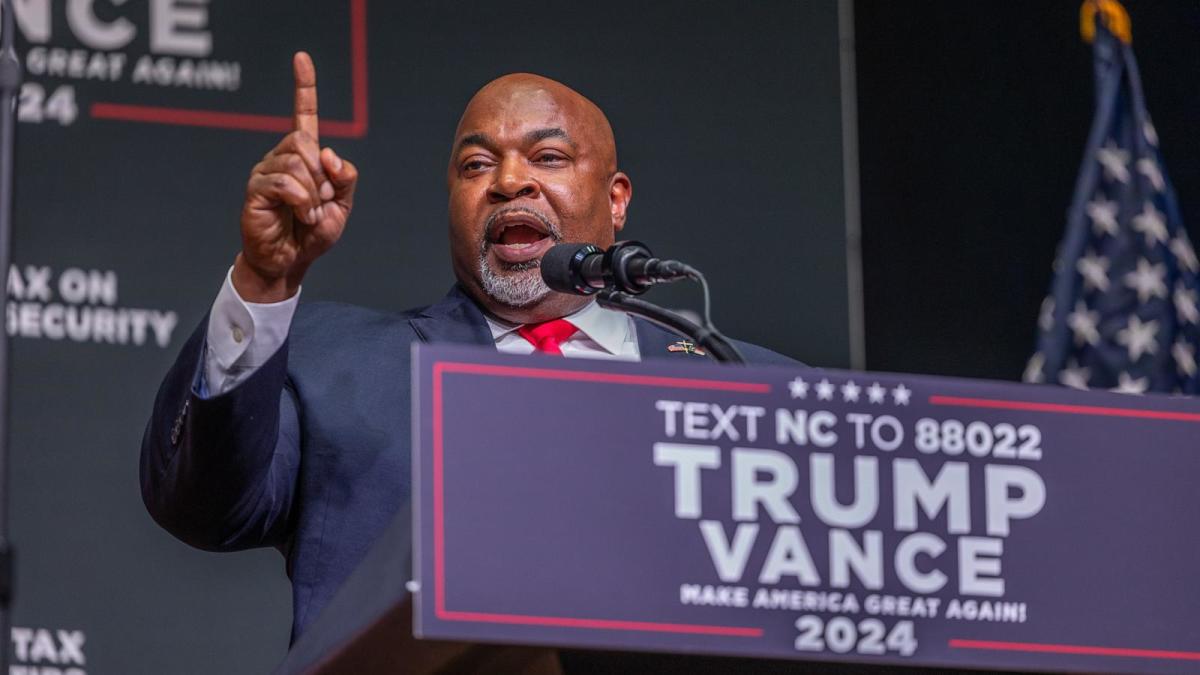
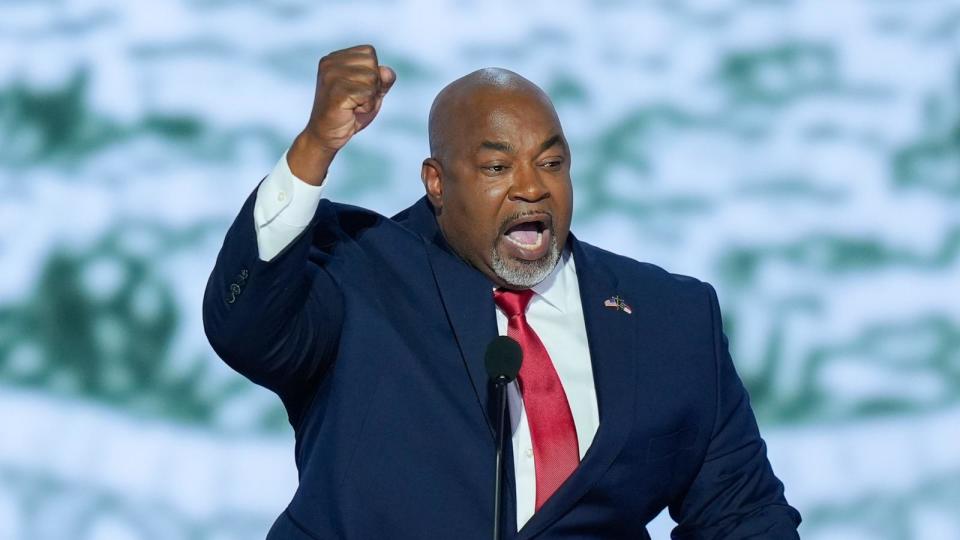
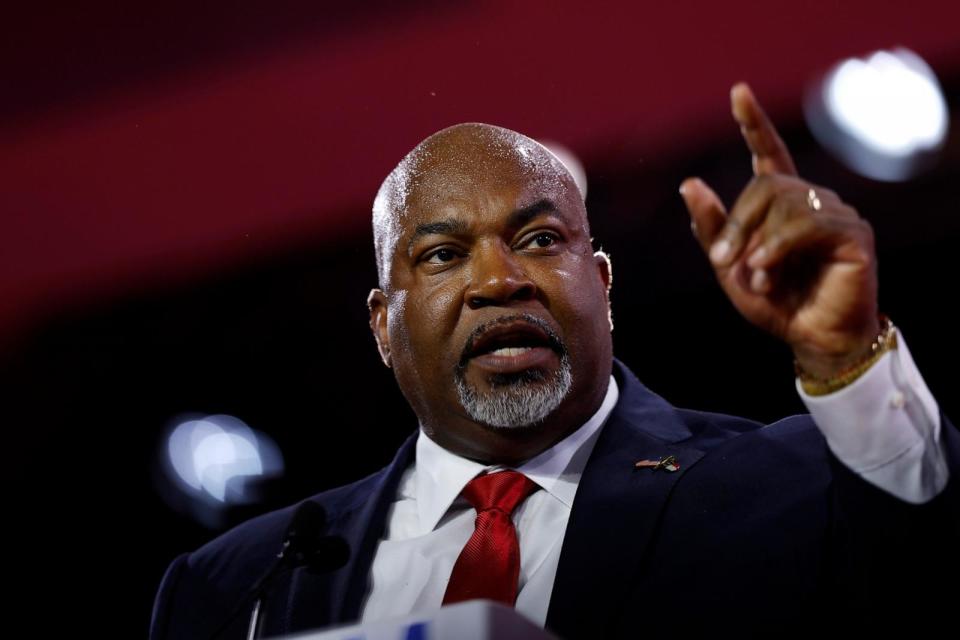
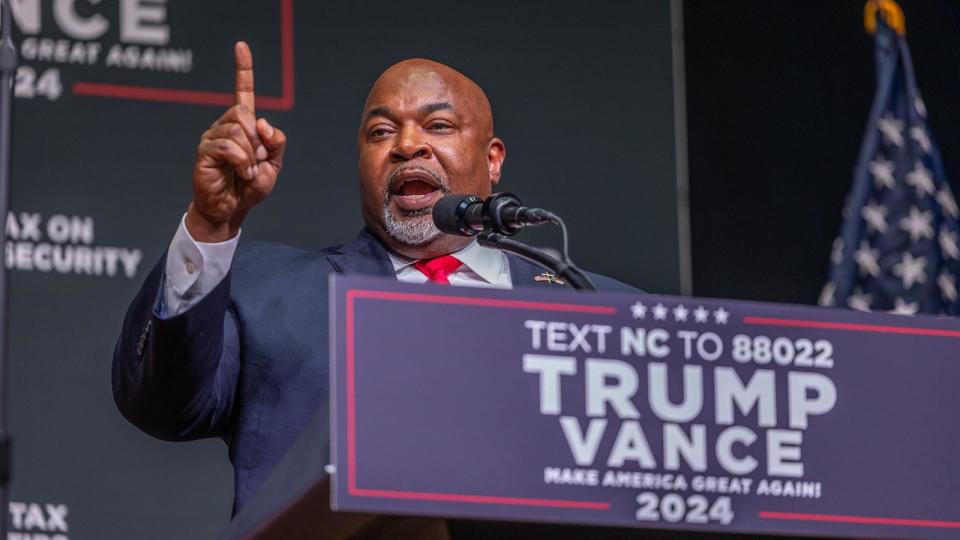


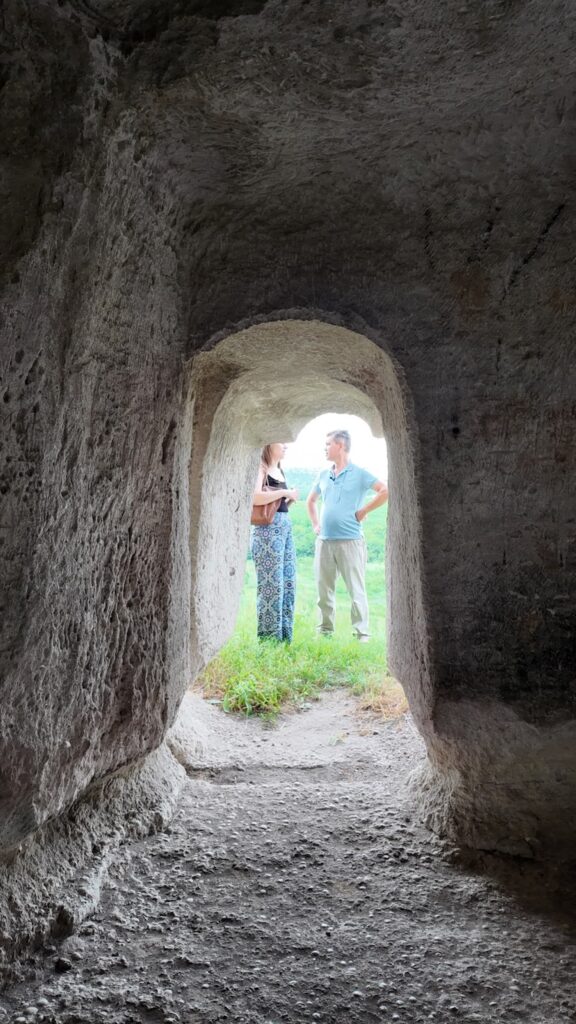




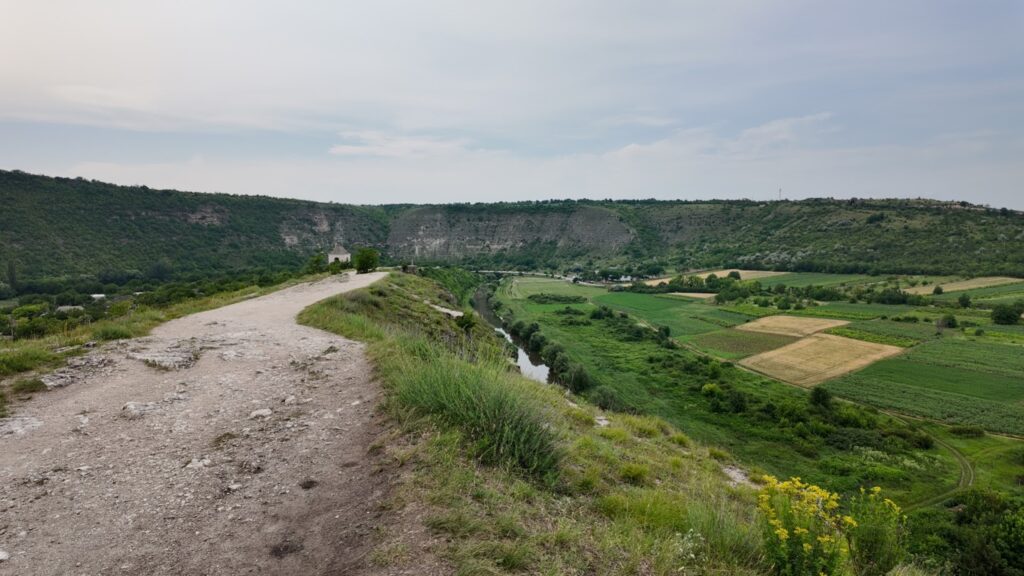
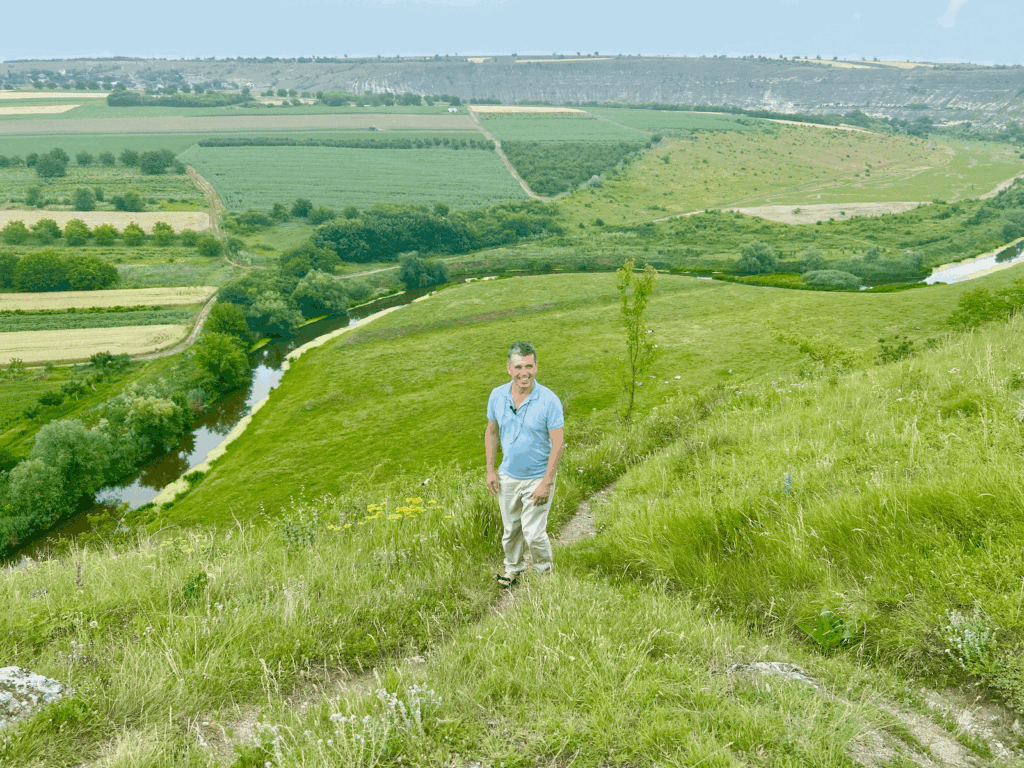

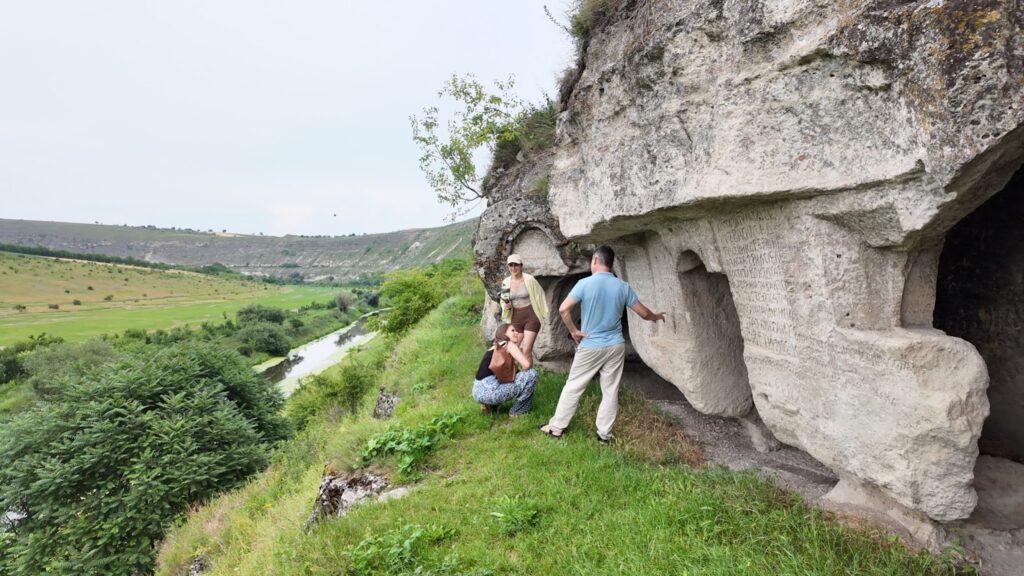

















































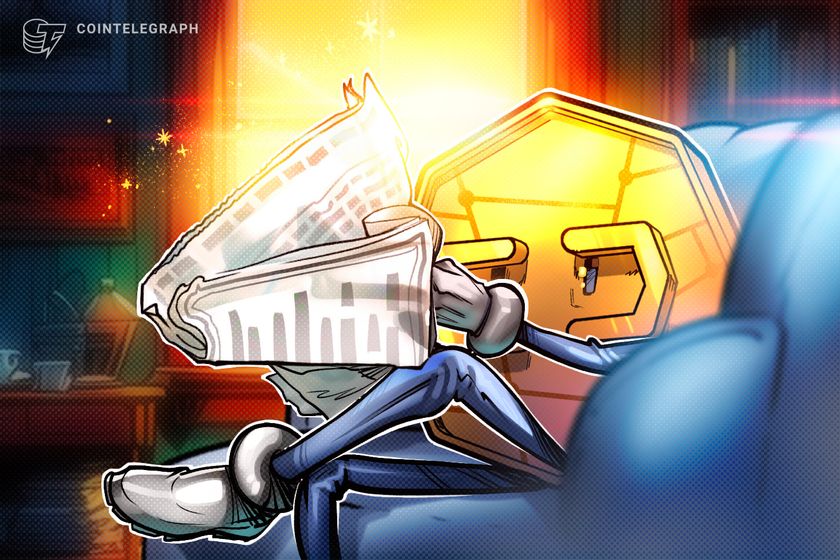






























































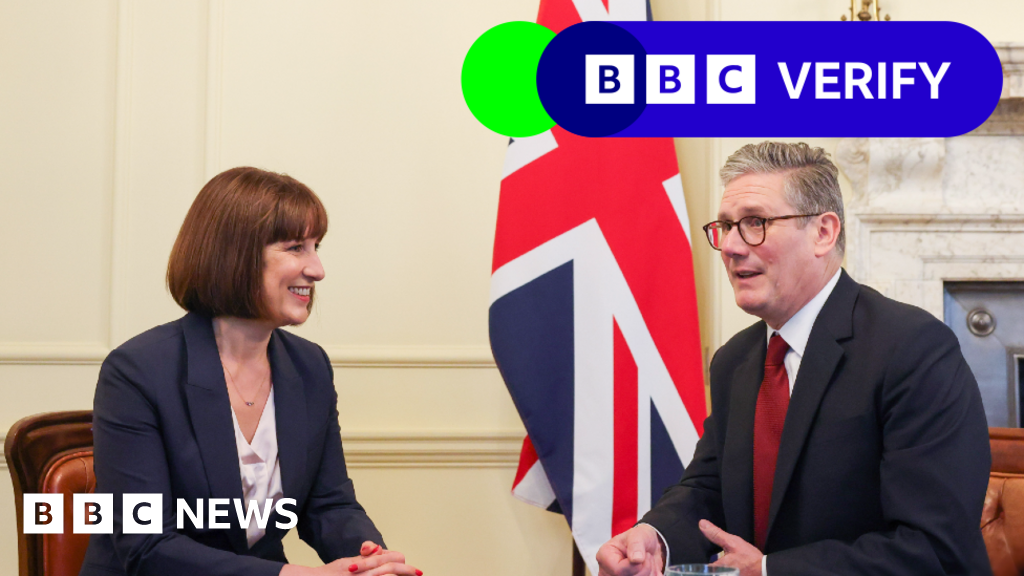








You must be logged in to post a comment Login